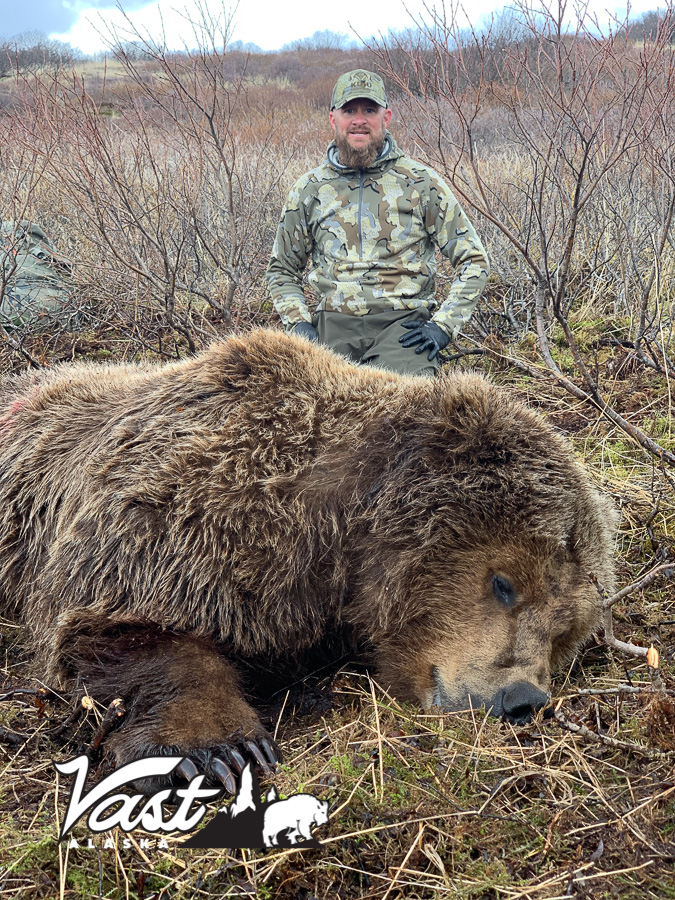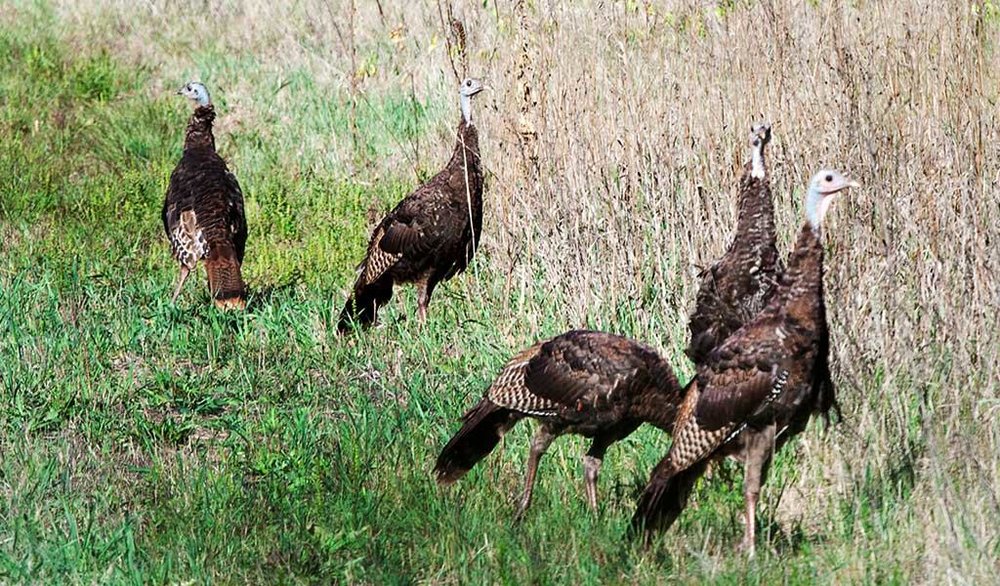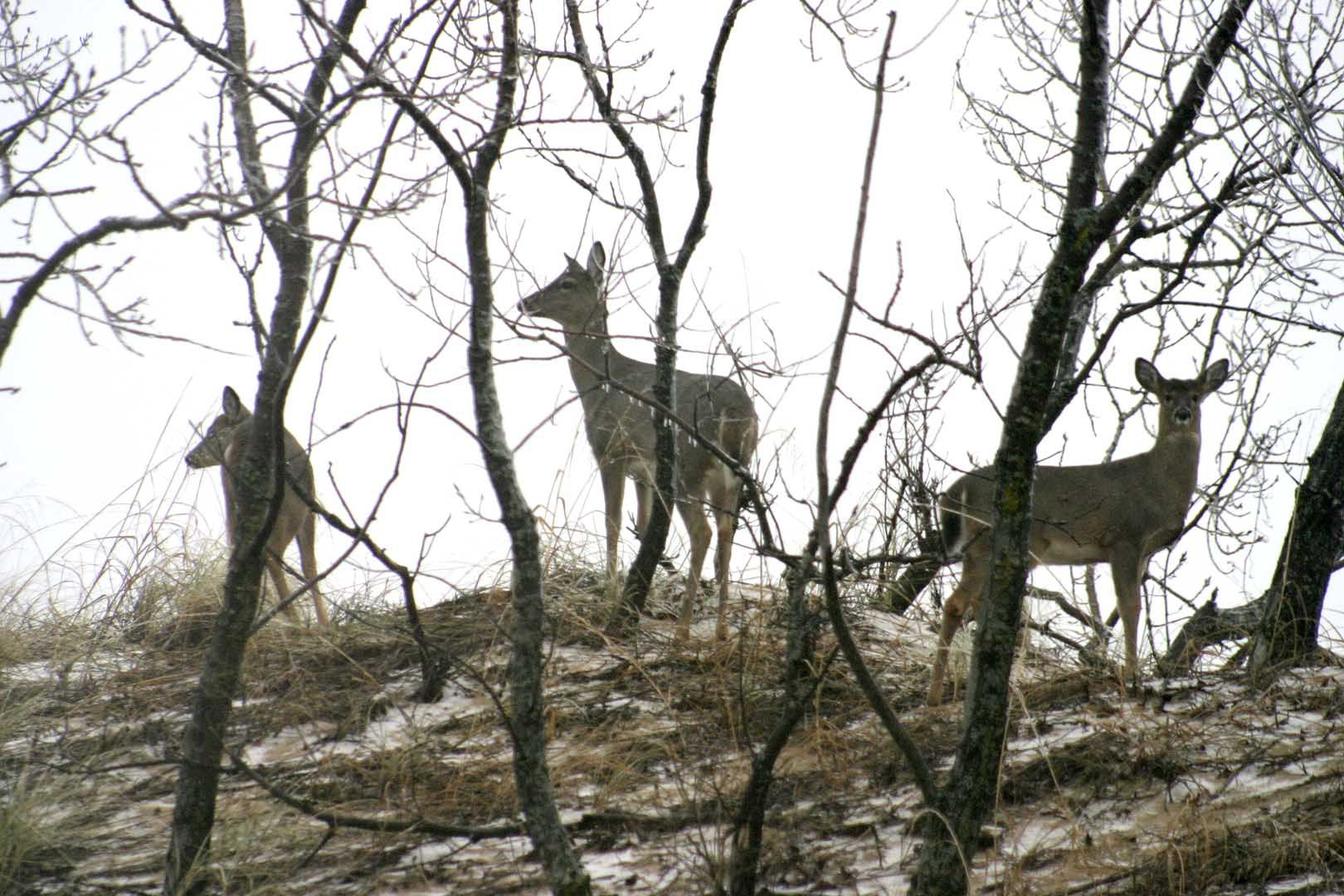
The annual Kansas hunting atlas is a good way to determine which Kansas walk-in hunting areas are available. The atlas contains detailed maps of walk in areas, access dates, state and federal land, and includes detailed mapping. A map of Kansas's walk-in hunting zones can be found online at the Department of Wildlife, Parks and Tourism. This map makes it easy for potential hunters to see which areas may be best suited for their hunting needs.
Lincoln County
Kansas has a lot of great areas for walk-in hunting for those interested in quail hunting. Milford Wildlife Area is a good example, with several thousand acres of timber. Good options include Flint Hills National Wildlife Refuge or Council Grove Wildlife Area. A map on the state's Department of Wildlife, Parks & Tourism website allows you to view specific areas of interest. Once you have the map in hand, you can start looking for your favorite quail hunting spots.

The B.K. Hunting Area is one of the most visited in the region. Leach Memorial Conservation Area in northeastern Lincoln County. The Natural Resources Conservation Service purchased 500 acres of land from willing owners to purchase the original tracts. To purchase the remaining 2,900 acre, a North American Wetland Conservation Act grant of $1000 was used in 2001. To this day, the area is home to some of the state's largest buck hunting spots.
Kansas offers walk-in access to hunting on private land. This is a very successful program. Since 1995, the WIHA program has become one of the best hunting access programs in the country. The program had over 1 million acres enrolled by 2004. Deer, waterfowl and squirrel hunting are possible in certain areas. WIHA pays landowners a small amount to allow the public to hunt on their properties. The amount of land included and the duration of each contract will impact the payment.
Ozark National Forest
If you're a fan of turkey hunting, you might have been wondering if it's possible to walk in on private land in Kansas. It's possible. You can hunt in the Ozark National Forest located in southeast Kansas. It covers 678.878 acres. The land is a mix between hardwood and sagebrush forest with some clover/wheat entrances. Hunting is allowed in 10 designated walk-in areas, each with its own rules.

Some hunters prefer driving to these walk-in areas, and staying overnight. A lot of walk-ins are located on U.S. Forest Service lands. So, the more time you spend, the higher your chances of harvesting birds. While most Missouri walk-in areas are equipped with primitive camping areas, the Bell Mountain area is an excellent choice for backpacking hunters. It's also a wonderful place for a family vacation and a romantic getaway.
FAQ
Where can a firearm be purchased?
All over the country, you will find gun stores. They have everything from entry-level guns to highly-priced weapons.
Some gun shops sell firearms only. They often have knowledgeable staff that can help you pick the right gun to suit your needs.
We have a guide for handgun buyers.
How much does it take to become a hunter
Hunting costs vary depending on where you live.
Some areas may require you to pay a modest membership fee in order to have access to public lands.
You may need permits and licenses from some states before you can hunt.
The type of firearm used will affect the price of hunting. A rifle typically costs more than an average shotgun.
A license can cost anywhere from $10 to $50. Depending on the number of days you wish to hunt, you may need to purchase additional tags.
You will need a permit in order to hunt certain species. The species you hunt will dictate the amount you pay.
Hunting wild turkeys requires a tag that costs up to $150.
Can I take my dog with?
In most states, dogs are prohibited from being hunted with humans. However, certain states have laws that permit this practice. This practice is not allowed in all states.
Some hunters also bring their pets. Some people believe that having a pet around helps them relax when they are hunting. Some believe having a companion makes it less likely that they will get lost.
However, it is possible to have problems with bringing your pet. Dogs can chase after animals and may even attack the hunter. Also, wild animals may attack the pet.
How many hunters of deer are there in America?
The number of deer hunters in the United States is estimated at over 20 million. This figure includes both professional and recreational hunters.
Statistics
- In less than 20 years, Rhode Island saw a 40% drop in the number of hunting licenses for residents, according to The Valley Breeze. (stacker.com)
- Over the past 50 years, the number of hunting licenses in California has been on a rapid decline, falling 70% from more than 760,000 in the 1970s to under 268,000 in 2020—even as the state's population has skyrocketed, according to The Mercury News. (stacker.com)
- Less than 1% of Hawaii's population has a hunting license. (stacker.com)
- - Percent of residents with paid hunting licenses: 0.7%- (stacker.com)
External Links
How To
How to hunt wild hogs
Large, large wild hogs are found all over North America, Africa Asia, Asia, Europe. Wild hogs can eat small animals and plants, including birds, insects and rabbits. They usually eat at nights. The gestation period lasts around six months, after which one piglet is born. Every two years, a sow will give birth to a piglet. Wild hogs are often solitary but can live in groups known as herds.
Wild boars are 200 pounds (90 kilograms) in weight. Their average head length is 10-12 inches (25-30cm), and their body length is 20-30 inches (50-75cm). Wild pigs have short tails, long legs and broad shoulders. They have a thick fat layer beneath their skin.
They have excellent senses of smell and hearing. They use these senses to detect danger and find food. They can run upto 35 MPH (56 Km/h) and jump upto 15 Ft (4 m). They are sharp-toothed and have sharp claws. They are very aggressive when protecting themselves from predators.
Hunting wild hogs is difficult due to their intelligence, speed, and elusive nature. Hunters must stalk them carefully. Hunters should not shoot too quickly. The animal might escape. If hunters shoot too late, the animal may die before it reaches cover.
There are many types of hunting methods used to kill wild hogs. Shooting is the most popular method. This requires hunters to track down the animal and then wait until it comes into range. Another option is trapping. You can trap hogs by setting traps near water supplies. Some traps contain a smell lure, such a corn meal with peanut butter. After the trap is set, the hunter kills the trapped porc.
Snaring is another method. Snaring involves using a noose made of rope to catch the porc. It works best when the pigs are caught during their mating season.
You can also use poisoning, spearing, or netting. To stop the pig from breathing, netting or spearing is a method of placing a net on its neck. Poisoning is when the poison is injected into the pig's throat.
Hunting wild hogs is a challenging sport. Hunters should be prepared for winter. In some areas, hunters wear snowshoes to keep warm. To help track animals, some hunters have dogs.